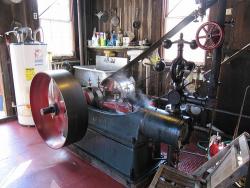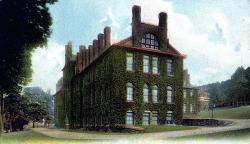1994


The William H. Chandler Chemistry Laboratory was conceived and planned by William Henry Chandler (1841-1906), professor, chairman, librarian, and acting president of Lehigh University. Designed by Philadelphia architect Addison Hutton and erected between 1884 and 1885 at a cost of $200,000, the building set the standard for laboratory construction for the next half century.


Built by the Bay City Dredge Works of Bay City, Michigan, this dredge was used to construct a portion of US 41 called the Tamiami Trail, which connected Tampa with Miami through the Everglades and Big Cypress Swamp. The last remaining display of walking dredges (of some 145 walking machines), it has a unique propulsion design enabling the dredge to cope with drainage problems in a wetlands environment.

This collection of equipment—all of it maintained in operating condition and used for educational purposes—was established in 1987. It spans the period from the late 19th century to the 1940s, when steam was the prime motive force for most U.S. industries, including rail and marine transportation. The collection of about 25 items (mostly stationary steam) includes a locomotive, switcher, and steam tractor: Locomotive #385 Consolidation 2-8-0 designed for fast freight service was built by Baldwin Locomotive Works of Philadelphia in November 1907 for the Southern Railway.
Works of Philadelphia, PA in 1907 for the
Southern Railway. Now part of the Bergen County Steam CollectionEra_date_from: 1900s


